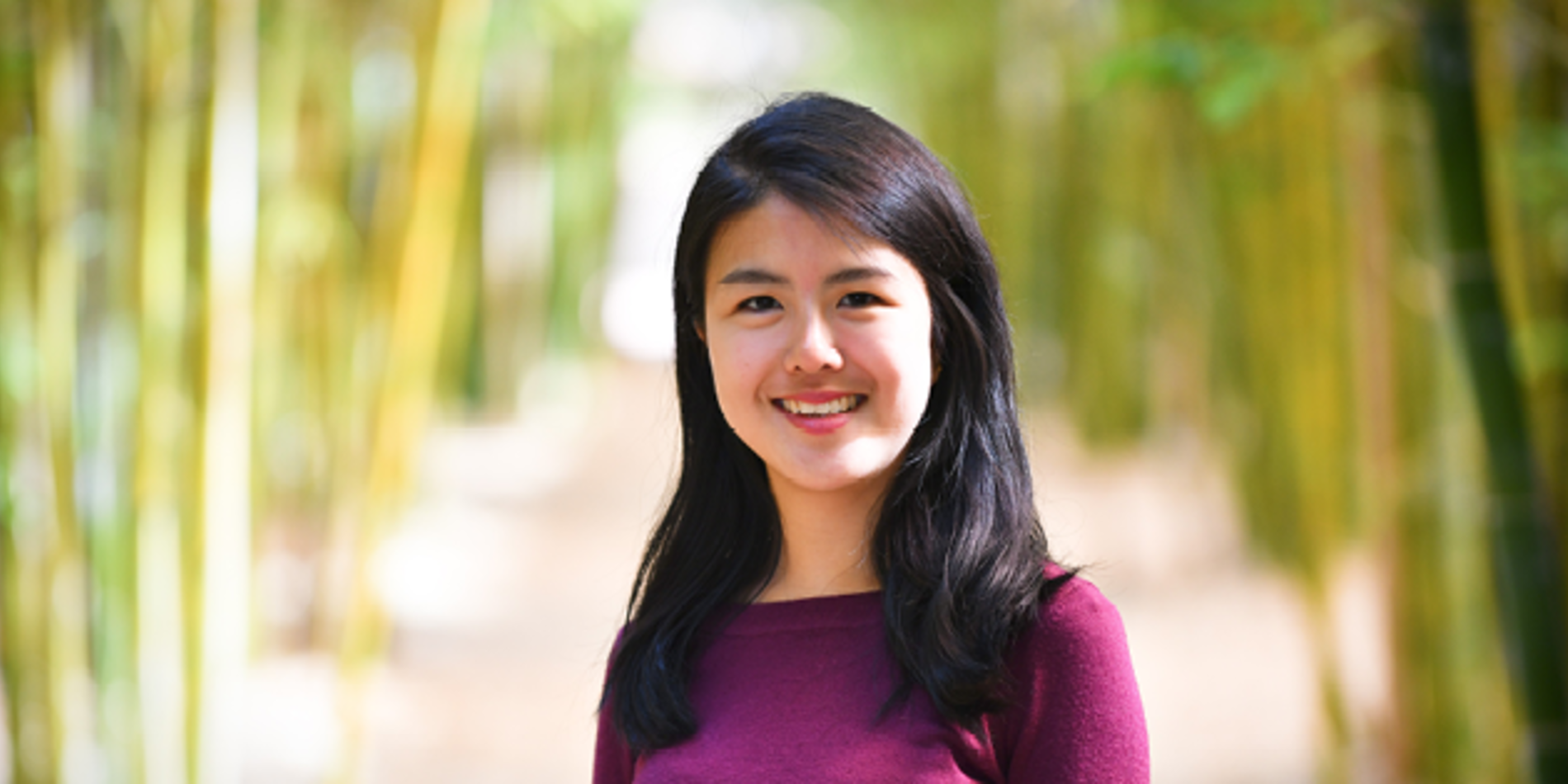Jeremy Binagia | Student Spotlight

Jeremy Binagia
PhD Candidate
Chemical Engineering
"When I was an undergraduate, I participated in a summer research experience where I learned how to build a mathematical model to describe how bacteria transfer resistance to antibiotics. This experience set into motion my interesting in modeling and numerical simulations, especially in the context of biological systems.
Fast forward to today, I continue to use those same analytical and programming skills I first developed that summer but now in the context of studying the motility of microorganisms in complex biofluids such as mucus or biofilms. A fundamental understanding of how microorganisms move in such fluids could pave the way for a number of future applications, including how to prevent the spread of disease by disrupting biofilm formation and how to design artificial microswimmers for biomedical applications, such as targeted drug delivery.
One of the reasons I chose to come to Stanford was seeing how collaborative students and research groups were with one another, even those from different departments. Recently, I’ve experienced this firsthand from working on a new project in collaboration with Manu Prakash’s group in bioengineering. Together, we’ve been designing a small self-propelling robot whose swimming speed depends sensitively on the properties of the fluid we place it in, in particular how elastic that fluid is. Such a device could be really useful as a portable, miniature rheometer. In other words, it would be a novel way to measure how a fluid behaves when it's deformed. We could place the robot in a small sample of fluid and watch how fast it moves to infer the properties of that medium.
While I really enjoy programming and pencil-and-paper theory, I’m also really passionate about bringing science to a wider audience. One of the student organizations that I’m a part of that aligns with this goal is Science Teaching Through Art, or STAR. STAR hosts a number of events throughout the year that are geared towards teaching Stanford PhD students and postdocs how to communicate their research to a broader audience in a variety of visually appealing ways. For example, we recently hosted a 3D printing workshop where students learned how to design and 3D print a small keychain item, such as a double helix, that they can carry around as a visual aid to explain what their research is about. Another workshop we hold every year involves teaching people how to make an infographic for their research, which they then present to high school and community college students in the Palo Alto area. I think one of the most important aspects of science is being able to share what you learn with both technical and general audiences alike; thus, groups and activities like those mentioned above are really meaningful to me.
After graduating, I’d like to use to my background in theory and computation to conduct research where I can directly improve human health. Some examples of this in my field of fluid mechanics include modeling and simulation of the cardiovascular system or studying the fluid dynamics of disease transmission. I believe working in an area like one of these would be both intellectually stimulating and would give me the opportunity to really make a positive impact on people’s lives."


